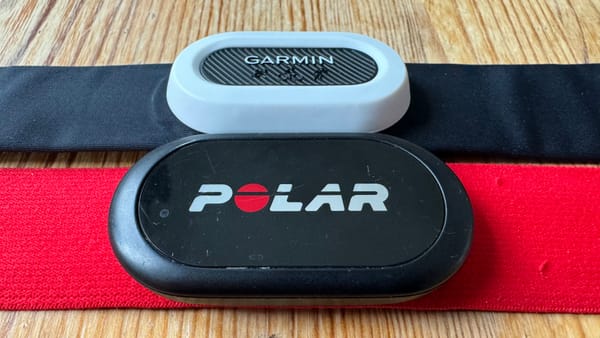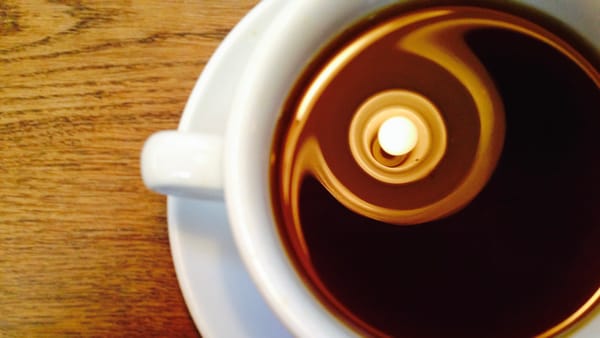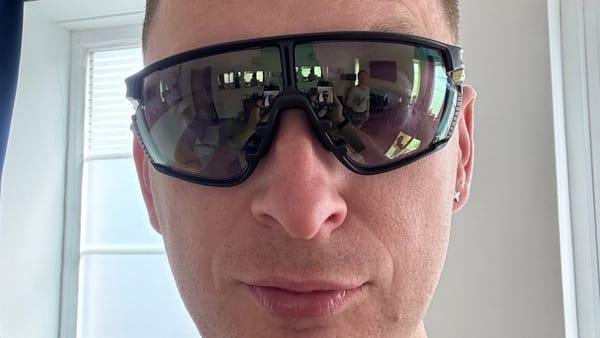A comparison of the Suunto Smart and Mio Link heart rate monitors over 28m of cycling
Recently, I compared the output of two optical heart rate monitors: the Mio Link, and the Jabra Pulse, finding that they are comparable in their accuracy. Since then, I’ve moved on from an interest in direct heart rate (beats per minute), and developed an interest in heart rate variability (HRV), which is described on Wikipedia as “the physiological phenomenon of variation in the time interval between heartbeats. It is measured by the variation in the beat-to-beat interval.”
In addition to providing heart rate, HRV also provides an indicator of stress level on the system, and allows for the calculation of recovery time, and recovery status ex post facto. Whilst the optical HRMs are capable of providing a satisfactory heart rate, they are not sufficiently accurate to provide HRV. Where an optical HRM (oHRM) has to calculate one’s heart rate by analysing a visual stream, a chest-strap HRM (csHRM) uses an E(C|K)G to detect electrical signals that directly result from heart beats.
With this in mind, I wore both a Mio Link and a Suunto Smart Sensor while cycling for 28 minutes, and compared the results.
A note on accuracy
To record the data, I used two devices: both devices are synchronised to GPS, and are acceptably accurate to 1s, but not beyond that. To increase accuracy, I’d have to use a device like a NPE’s WASP device, which is beyond the scope of casual comparison. Given the areas of alignment on the graph, I am not concerned about this inaccuracy here.
Data
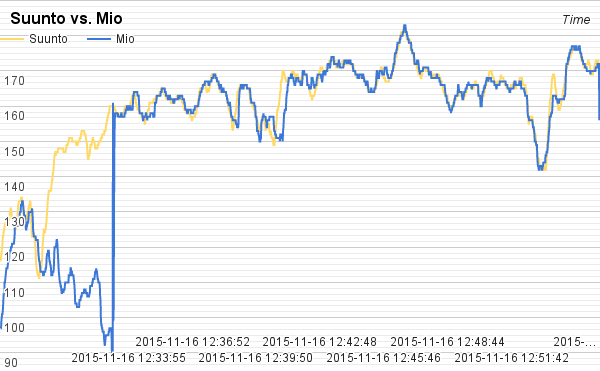
the interactive graph takes a while to load!
At the beginning of the graph, a massive discrepancy is visible: from the peaks, I imagine that the Mio ‘lost’ my HR ‘signal’, and was actively seeking it. I’m not aware of having dislodged the sensor to cause it to do that, and my hands were in a stable position on the handlebars.
Once the Mio starts tracking again, one sees generally good correlation (this sample from around 17m in):
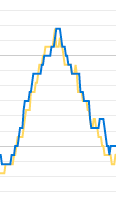
Also exhibited are lags in the Mio’s precision, illustrated by a sharp peak from the Suunto, and then a similar, although less sharp peak shortly after from the Mio:
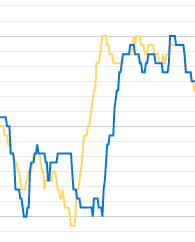
I believe this happens when the HR change is too sharp and happens outside the Mio’s polling interval, which is necessarily lower than that of Suunto.
%Difference
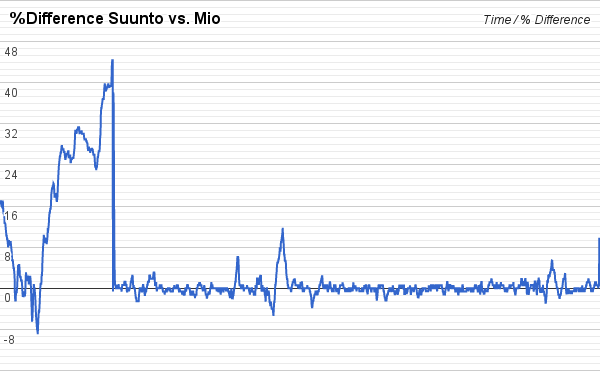
Once the initial discrepancy is resolved, it is clear from the %D graph that for the most part, there is a minimal percentage difference between the two devices. This supports the conclusion that the optical technology is satisfactory, given due care to its calibration caveats, for HR recording, even if it lacks the capability to report HRV.
Further notes on HRV
Marco Altini developed an app for iOS called HRV4Training. It allows the user to record data from either a chest strap, or the iPhone’s camera, and he has a post demonstrating the relative accuracy between a Polar chest strap and the iPhone’s camera. This allows the user to record their HRV daily, under relatively controlled circumstances, and receive advice as to the intensity of training. Interestingly, I can spot the onset of illness from the HRV graphs, illustrated as a drop in rMSSD. Larger problems at work also correlate in a drop in HRV, as day-to-day stressors impact on my system. His blog explores this, and his PhD provides an interesting background to his work.

